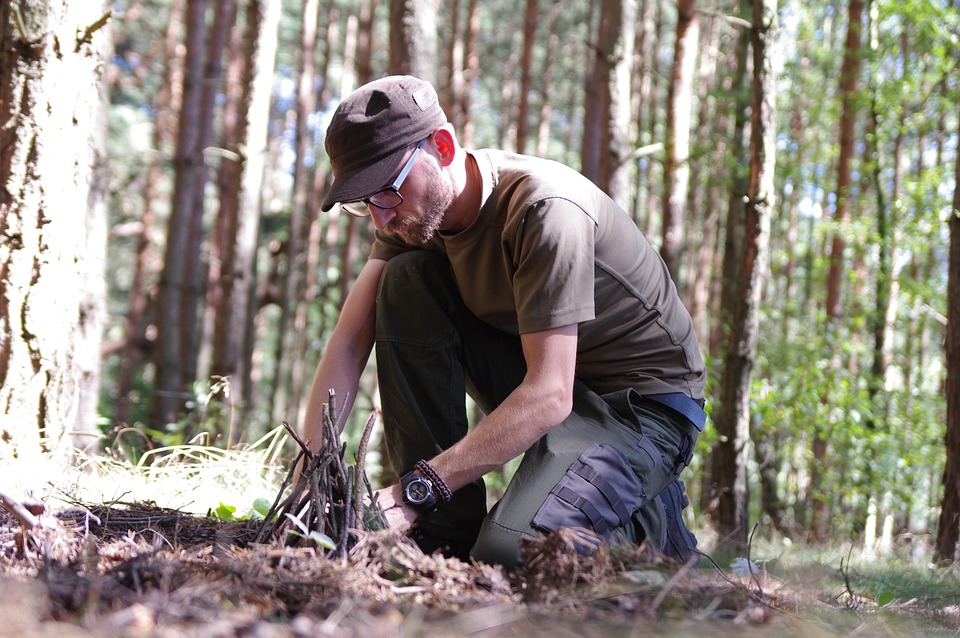Survival games have surged in popularity over the past decade, captivating players with their blend of exploration, resource management, and crafting mechanics. Whether you’re fending off hordes of zombies or striving to survive in a harsh wilderness, building structures and crafting items becomes key to your survival. Here are some top crafting strategies to ensure you not only live but thrive in your virtual environments.
1. Gather Basic Resources First
Before embarking on any major construction projects, prioritize gathering essential resources. Most survival games start with basic materials such as wood, stone, and food sources. Spend your first days gathering:
- Wood: Often the primary building material. Use your axe or bare hands to collect logs.
- Stone: Useful for tools and building upgrades. Look for outcrops or break larger rocks.
- Food: For sustaining health. Gather berries, hunt animals, or fish if the game allows.
Strategy Tip:
Set a gathering schedule—early mornings can be spent collecting wood, midday for hunting, and evenings for building.
2. Plan Your Base Design
A well-planned base can make the difference between survival and demise. Consider the following factors:
- Location: Build near water sources or abundant resource areas, but avoid overly populated enemy territories.
- Structure Type: Simpler structures may suffice early on but consider more fortified designs as threats increase.
- Space for Expansion: Leave room for further development. You may want farms, storage, and crafting stations as your needs evolve.
Strategy Tip:
Sketch a rough layout on paper or use in-game building tools to visualize your base before you start constructing.
3. Prioritize Essential Crafting Stations
Certain crafting stations are vital for progression, offering access to advanced tools and weapons. Typical crafting stations include:
- Crafting Bench: Allows for higher-tier recipes.
- Cooking Station/Fire: Essential for food preparation and health restoration.
- Storage Boxes: Keep your resources organized and safe.
- Armor/Weapon Racks: Crucial for crafting defensive gear.
Strategy Tip:
Gather resources for these crafting stations early and build them in a centralized location for easy access.
4. Utilize Temporary Structures
While building a permanent base is ideal, temporary structures can provide immediate refuge. Utilize:
- Shacks or Tents: A simple shelter can protect you from enemies and harsh weather.
- Watchtowers: A quick elevated platform can give you visibility of your surroundings.
- Farms: Start small gardens or farms, gradually expanding as food becomes a necessity.
Strategy Tip:
Use your temporary structures as stepping stones to gather resources and improve your main base.
5. Defensive Building Techniques
As you improve your base, focus on defensive strategies to withstand attacks:
- Walls and Gates: Build sturdy walls around your premises to deter intruders.
- Traps: Set traps around your base to catch foes unaware.
- Height Advantage: Elevate your base to give you a strategic defensive position.
Strategy Tip:
Regularly check and reinforce your defenses, adapting them based on the threats you face.
6. Incorporate Technology
In today’s survival games, technology often plays a significant role. Utilize:
- Solar Panels or Generators: Source renewable energy for crafting and lighting your base.
- Crafting Upgrades: Many games allow you to upgrade your crafting stations, enhancing their efficiency and output.
Strategy Tip:
Explore technology trees in-game to understand what you’ll need to reach advanced levels, and gather resources with those upgrades in mind.
7. Collaborate and Share Resources
In multiplayer survival games, sharing resources and knowledge can be crucial for thriving:
- Teamwork: Build communal bases where players can pool resources for collective growth.
- Trade Systems: Barter items with other players to acquire what you may lack.
- Role Specialization: Assign roles based on player strengths—some can focus on building, while others gather resources or defend the base.
Strategy Tip:
Keep communication lines open with teammates, using voice chat or messages to coordinate efforts and craft strategies.
Conclusion
Building to survive in the wild world of survival games requires a mix of strategic planning, resource management, and teamwork. By prioritizing resource gathering, smart base design, and effective use of technology, you can carve out a safe haven amid the chaos. Whether you’re adventuring solo or with friends, these crafting strategies will ensure you’re well-prepared to face the challenges that lie ahead. So gather your materials, roll up your sleeves, and start building your path to survival!



